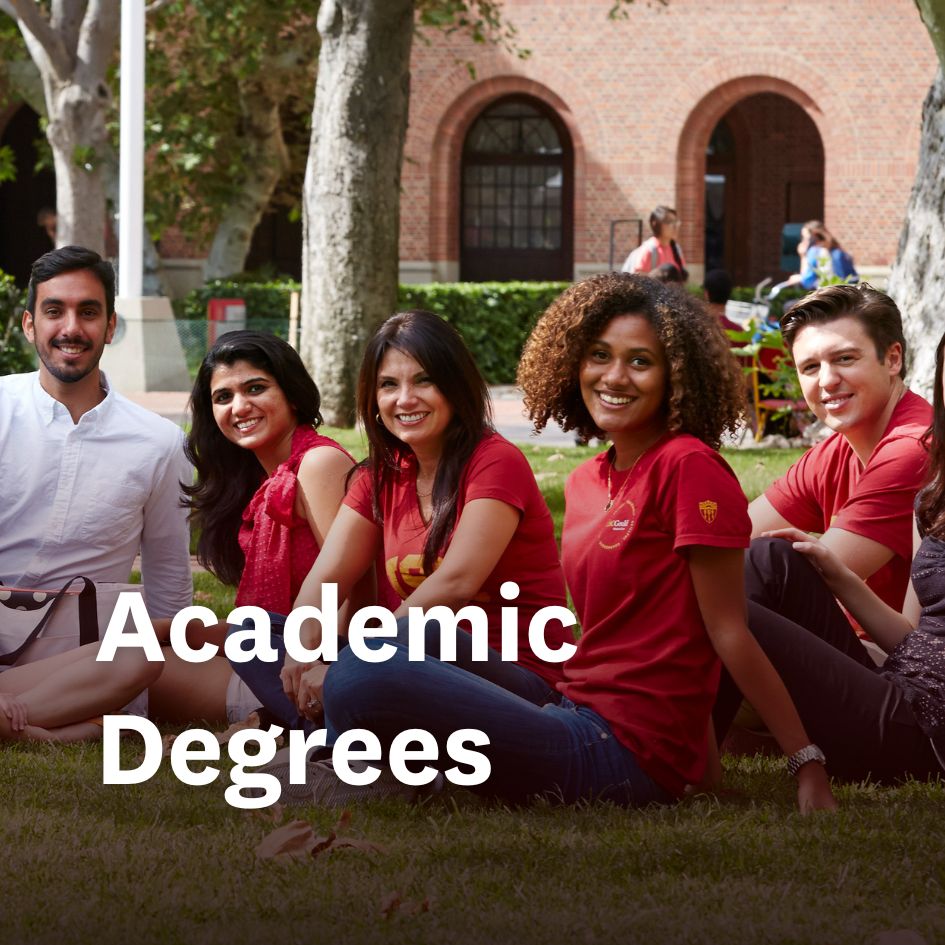IPTLC student’s paper sheds light on legal issues for entrepreneurs who use blockchain technology
 |
In the rapidly evolving world of the decentralized web – where “blockchain” technology that stores information across a network of independently owned computers has spawned such cryptocurrencies as Bitcoin – regulation is as clear as a Los Angeles morning in June.
3L Camille Brown has penned a white paper, “Crypto Traffic Lights and Crosswalks: An Overview of Existing Decentralized Finance (DeFi) Regulations in the U.S.,” to cut through the haze.
While participating in the USC Intellectual Property & Technology Law Clinic, Brown drafted the 28-page report for Filecoin Foundation for the Decentralized Web, a non-profit client of the clinic.
Completed last October, Brown’s paper details legal issues related to corporate governance, securities regulation, and financial compliance for entrepreneurs who use blockchain technology, a decentralized digital ledger system that eliminates much of the security risk associated with systems in which data is held centrally.
“A lot of people and financial organizations are getting involved in this space, and there’s a distinct lack of clarity how it’s going to be regulated, what the laws look like now, and what they’re going to look like,” said Jef Pearlman, clinical associate professor of law and the IPTLC director.
“It’s certainly some of the most cutting-edge work to come out of the clinic, and I think the people working in this area are already finding it to be really valuable,” Pearlman added.
Diving in to DeFi
One of Pearlman’s students when he was at Stanford University was Marta Belcher, now an attorney who founded the FFDW in 2020.
Pearlman connected Brown with Belcher as a mentor, and the clinic took on FFDW as a client [for Brown’s work].
Brown not only produced the DeFi policy for the FFDW, but she’s working part time as a program associate at the nonprofit, writing reports for its nearly all-female executive team – a rarity in the male-dominated blockchain space.
“Technology is moving very fast, particularly in the blockchain/cryptocurrency area, and Camille dove in with both feet and produced a very nice addition to the legal scholarship out there,” Belcher said. “She really helped provide clarity to innovators working in this space who find it difficult to know what the rules are.”
Knowing the rules reduces the liability risks for entrepreneurs who use blockchain technology, said Brown, a theater standout at Chaffey High School in Ontario who later got interested in how artists make a living in non-traditional mediums — particularly digital.
At Stanford, she wrote a thesis on how North African hip-hop artists in France utilized digital technology to circumvent restricting state regulations and find overseas audiences who would pay them for their art.
“Laws related to decentralized finance is a ripe area for research,” Brown said, “and people are confused about their rights when it comes to this new technology. It’s nice to think my paper might help protect these creators by consolidating a lot of the research that’s going on in this area.”

















